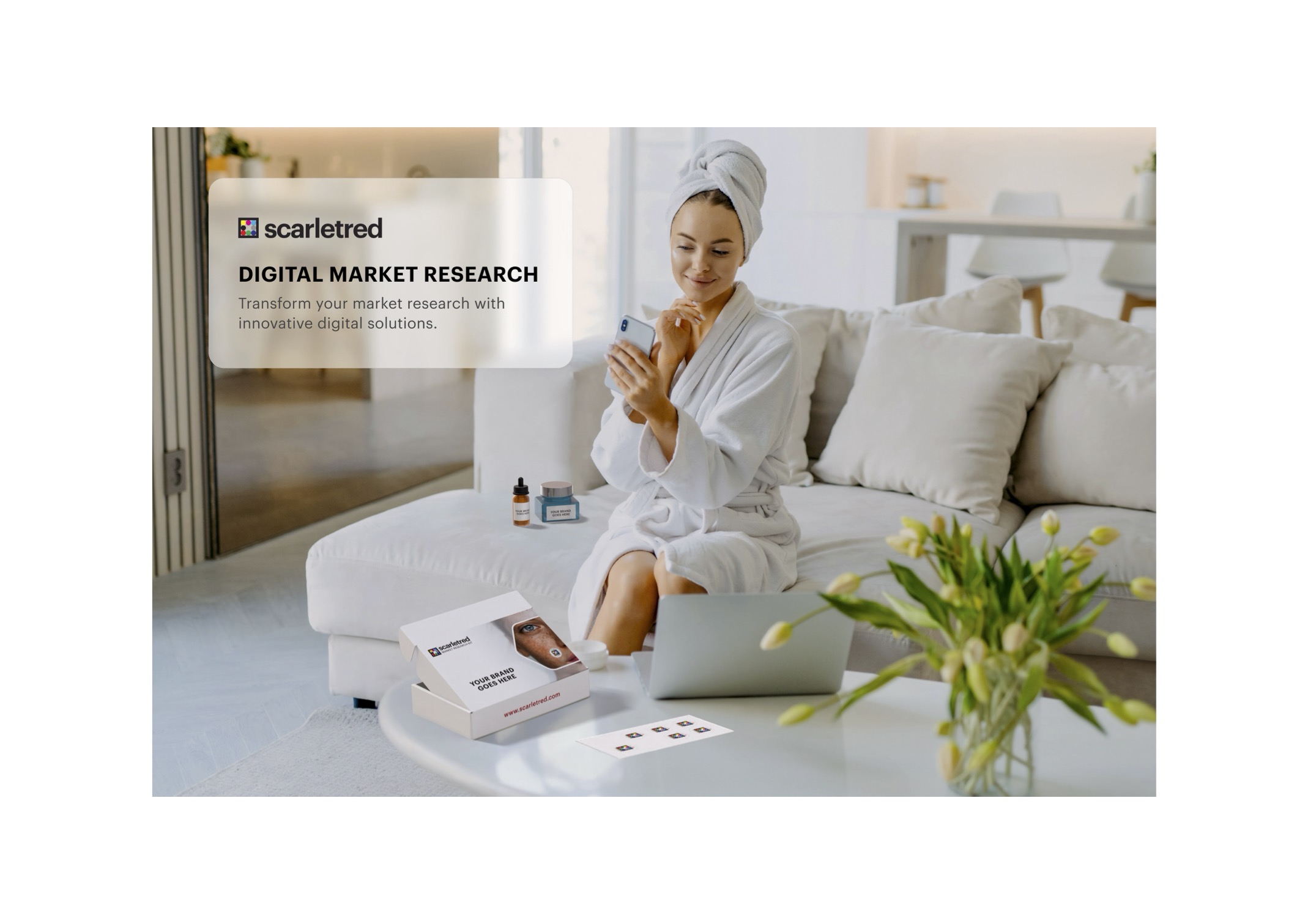
Evaluation of Treatment Efficacy through Skin Texture Analysis
The traditional assessment of skin texture based on multiple health professionals can lead to inconsistent results making standardized digital dermatological monitoring, as provided by SCARLETRED, an essential tool.
Currently, both in terms of health or skin cosmetic effects, there has been a particular need for the analysis and quantitative evaluation of skin texture. As there are numerous factors which can affect the quality and thus the texture of the skin, including dermatological disorders such as acne and rosacea, assessment by multiple doctors using traditional methods is prone to variations given its subjective nature.
With that in mind, there is a need by dermatologists for a tool which allows for a more accurate and automated evaluation of skin texture alterations aiming to improve patient diagnosis and individualized treatment plans. By extension, providing medical professionals with a scalable digital technology that enables a standardized assessment approach is essential for the monitoring of treatment effectiveness.
In this context, SCARLETRED, an Austrian digital health company, has developed a innovative solution, Scarletred®Vision, for the standardized imaging, documentation, quantification, and assessment of conditions ranging from dermatological disorders to drug reactions on the skin to nail fungal infections.
Scarletred®Vision is a CE certified Class I Medical Device: the system is ICH-GCP, GDPR- and HIPAA-compliant and is a certified ISO-13485 Quality Management System. It is used in a wide variety of settings, including clinical trials (preclinical to phase IV), routine clinical work, hospital care as well as remote monitoring of patients. Scarletred®Vision’s scalability allows doctors to easily empower their subjects to participate and provide valuable data remotely, from the comfort of their home.
How does Scarletred®Vision work?
Scarletred®Vision consists of the following components:
Mobile App: generation of high-quality images in conformity with data protection regulations and patient anonymity
QR-Code: each subject receives a QR-Code from their medical doctor/expert. Participant-specific information that could be used to identify them is not stored (e.g. name, date of birth, etc.) on Scarletred®Vision
Skin Patches: are placed next to the skin/nail area to be imaged and documented. The software recognizes the patch and calibrates the image for lighting conditions and size
Online Platform: web-based platform accessible from any browser allowing the documentation, data management, quantification, and analysis of patient/subject data
Scarletred®Vision Mobile App
Imaging & ePRO
Step 1: Place the Skin Patch on the healthy skin next to the area of interest
Step 2: Take an image using the Mobile App, which is then automatically uploaded to the secure online platform
Step 3: The analysis can be performed on the Online Platform, which offers multiple tools to assist the medical professionals.
Step 4 (Optional): Electronic Patient Reported Outcomes (ePROs) and questionnaires can be customized and configured to appear after the image has been taken (Figure 1). The answers and the resulting scores are documented centrally on the platform together with the corresponding image.
.png)
Scarletred®Vision Online Platform
Documentation and Measurement
Images generated by the Scarletred®Vision mobile app are uploaded to the online platform, which can be used for automated documentation and image analysis. The standardized images are presented in such a way that allows the medical professional to have a clear overview of the disease progression over time.
The quantification of erythema on the on the online platform is made possible by Scarletred®Vision's most iconic signal map, the Standard Erythema Value (SEV*) which augments the visualization of erythema through the pseudo-colors. The customizable analytical tools allow for the objective assessment and measurement of specific additional parameters: redness (+a*), yellowness (+b*), and lightness (L*) as well as lesion surface area.
Skin Texture
Information on skin texture offers valuable insight for doctors as an addition to the lesion scores and the measurement of other important metrics, such as surface area and erythema. Skin texture refers to visual patterns or spatial arrangement of pixels which cannot be efficiently described and measured by regional color and intensity. SCARLETRED tackled this issue and developed a tool which, with the help of clinically validated methods, analyzes skin texture and quantitatively assesses the condition (smoothness/roughness) of the skin (Figure 2 and 3).
The tool takes over a dozen metrics into consideration- energy, contrast, entropy to name a few. The algorithm scans the image(s) and the resulting values indicate the skin's homogeneity and smoothness.
Skin texture analysis combined with the quantification of erythema, the surface area measurement, and other centralized assessments on the online platform combine into a powerful tool giving experts and medical professionals a complete picture of the skin's condition over time.
Before treatment


After treatment


Scarletred®Vision’s innovative approach to creating digital solutions is the first of its kind. Its modular framework makes it applicable to all skin conditions (dermatological diseases, injection sites, drug reactions, allergic reactions, cosmeceuticals and many more). The certified Medical Device offers digital documentation and analytical tools that have been proven, both in the clinical and home-based settings, to increase data quality, enable doctors to quantify visual parameters, to improve patient treatment regimen and patient compliance, save doctors time, and generate analyses that are not obtainable with other technologies in the field.
Don’t be a stranger! Get in touch with our Team so that we can discuss how to best tailor our solution to fit your needs: support@scarletred.com.



